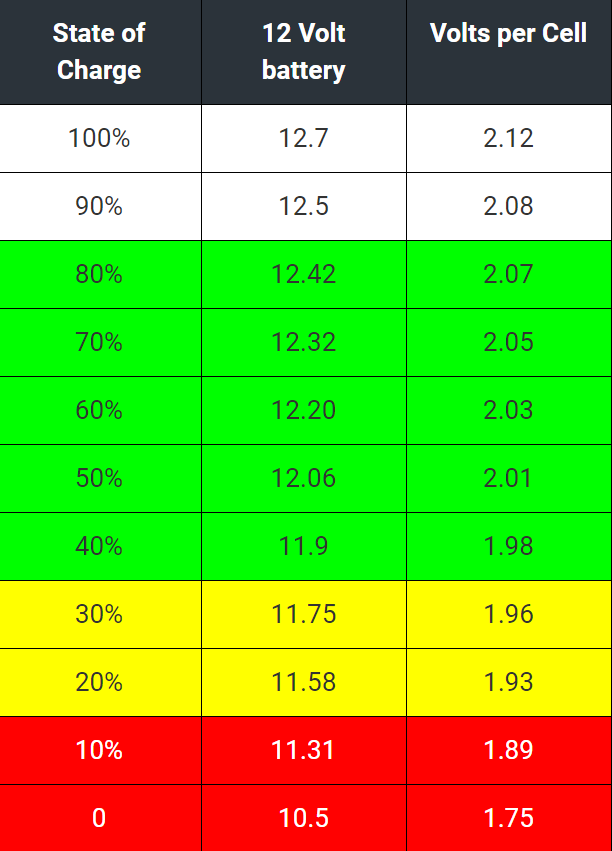Brent S
Top Poster
I just got these mini LED’s too. A 30pack for 10.00. Again, amazon is awesome. I’m starting to feel like I should be getting paid endorsements from them 




By definition, at the cutoff voltage the Depth of Discharge is 100%. In other words, if you have a 100 amp hour battery, and you have used 100 amp hours, then you have 0 amp hours left at the nominal voltage. Yes it still has some power left in it but no longer at the nominal voltage so it is 0% capacity remaining technically, or 100% DoD.
Depth of Discharge Ratings are about the service life of the battery. If you have a battery that is rated at 100 amp hours and has a service life of 500 cycles at 80% DOD, then you should be able to use 80 amp hours 500 times before it starts to wear out. If you discharge it deeper, you will get fewer cycles. The deeper DoD for AGMs is because they are less prone to sulfation at low voltage.

Those say 30 amps, I hope you got some with a MUCH MUCH higher current rating! Minimum for your setup would be 150 amps if you have one on each battery, or 300 amps if you only have one for both batteries.I got this style due to it is inline and dosent need to be mounted. It comes in multiple amp ratings.View attachment 9091
View attachment 9091
Enter your email address to join: